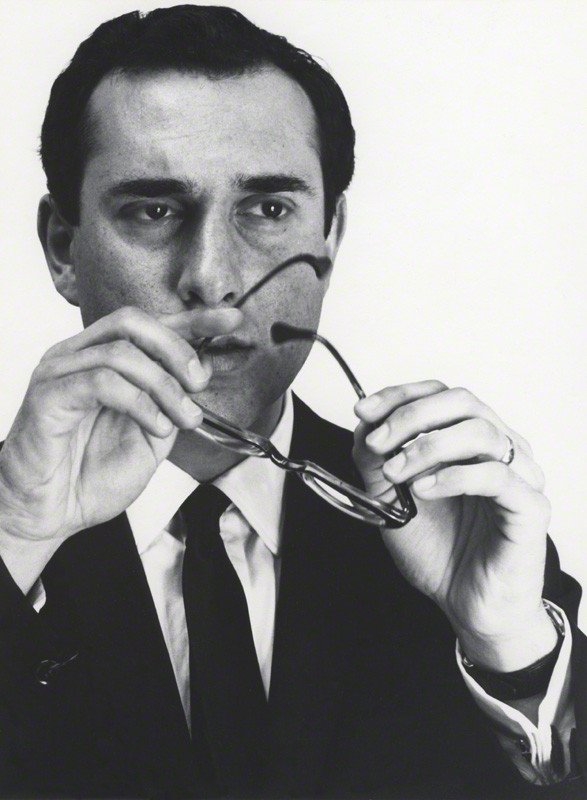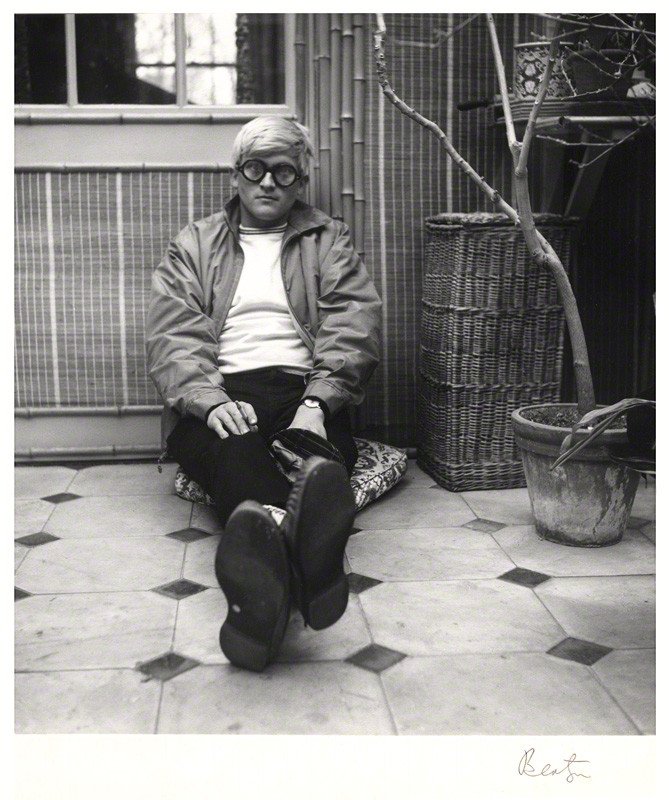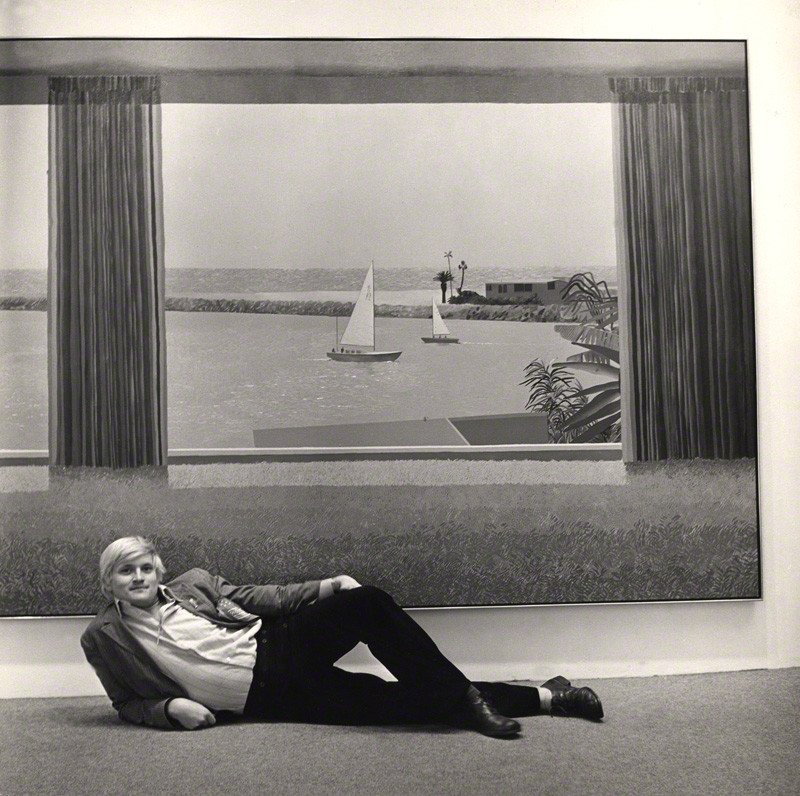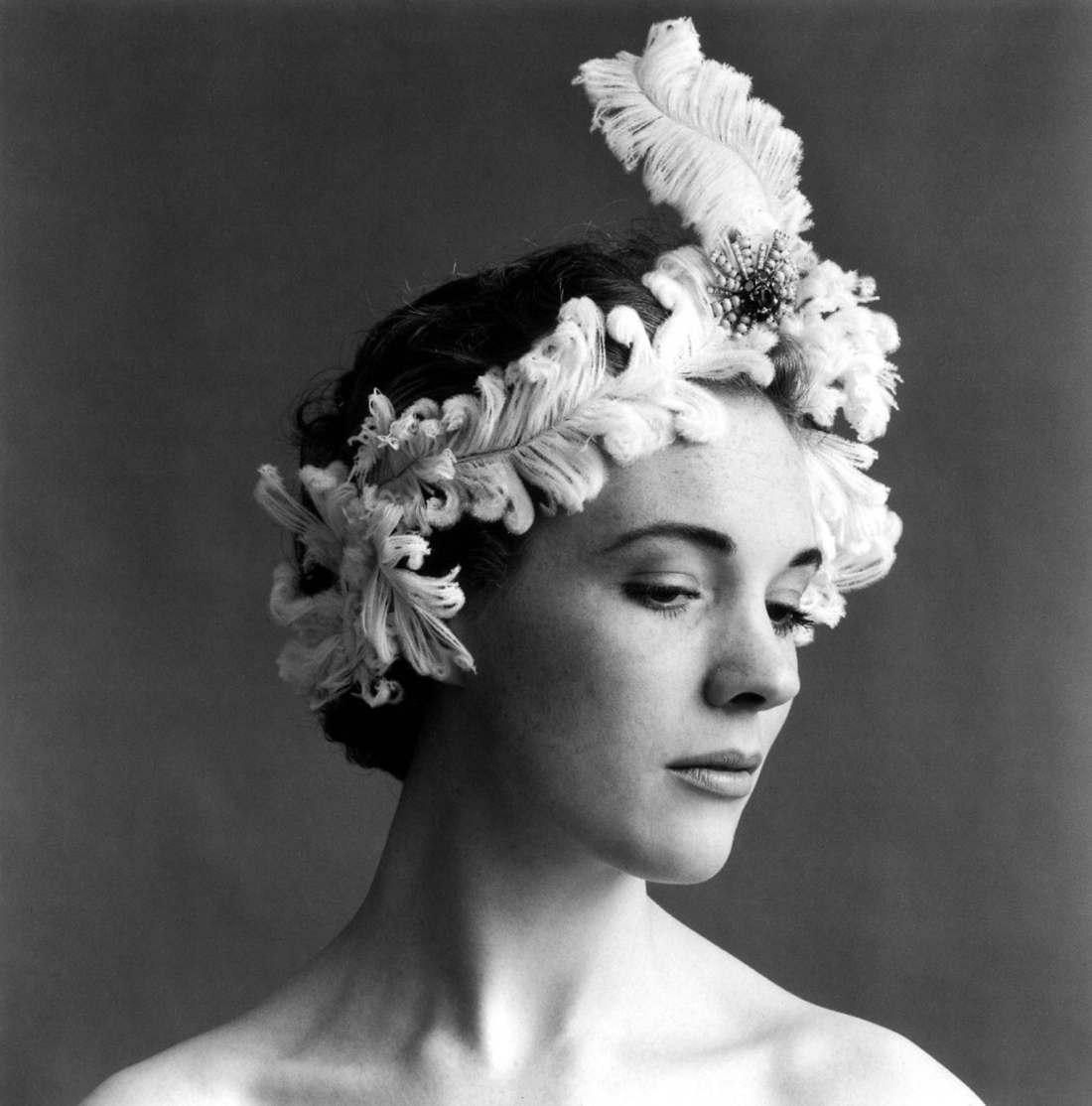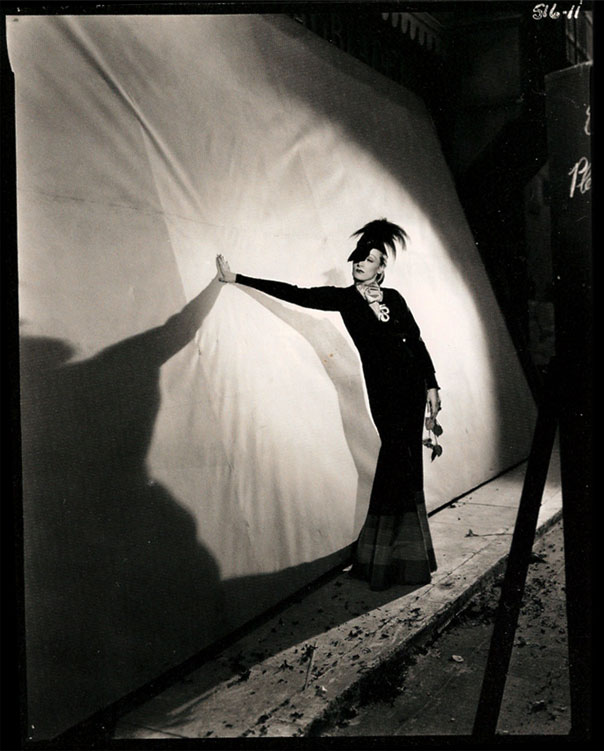Beaton designed book jackets, and costumes for charity matinees, learning the craft of photography at the studio of Paul Tanqueray, until Vogue took him on regularly in 1927. He set up his own studio, and one of his earliest clients and, later, best friends was Stephen Tennant. Beaton’s photographs of Tennant and his circle are considered some of the best representations of the Bright Young People of the twenties and thirties.
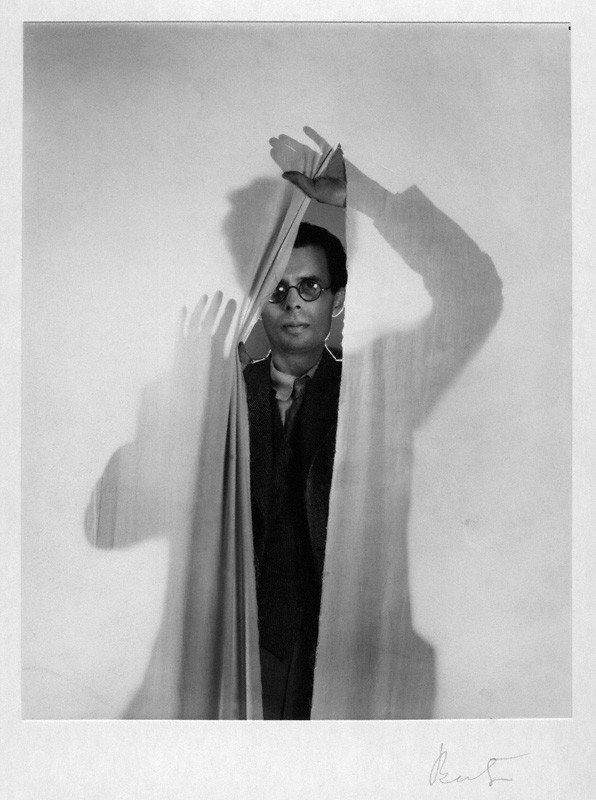
Beaton’s first camera was a Kodak 3A folding camera. Over the course of his career, he employed both large format cameras, and smaller Rolleiflex cameras. Beaton was never known as a highly skilled technical photographer, and instead focused on staging a compelling model or scene and looking for the perfect shutter-release moment.
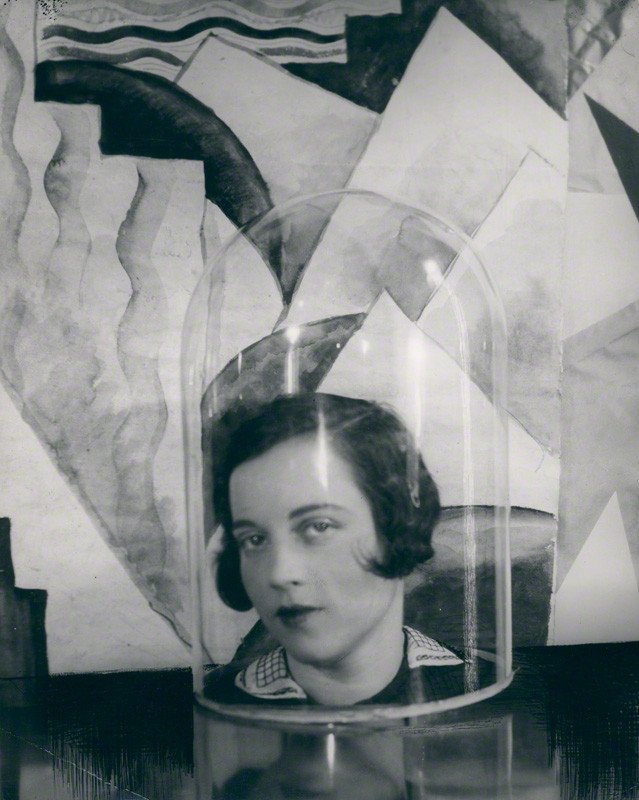
He was a photographer for the British edition of Vogue in 1931 when George Hoyningen-Huene, photographer for the French Vogue travelled to England with his new friend Horst. Horst himself would begin to work for French Vogue in November of that year. The exchange and cross pollination of ideas between this collegial circle of artists across the Channel and the Atlantic gave rise to the look of style and sophistication for which the 1930s are known.
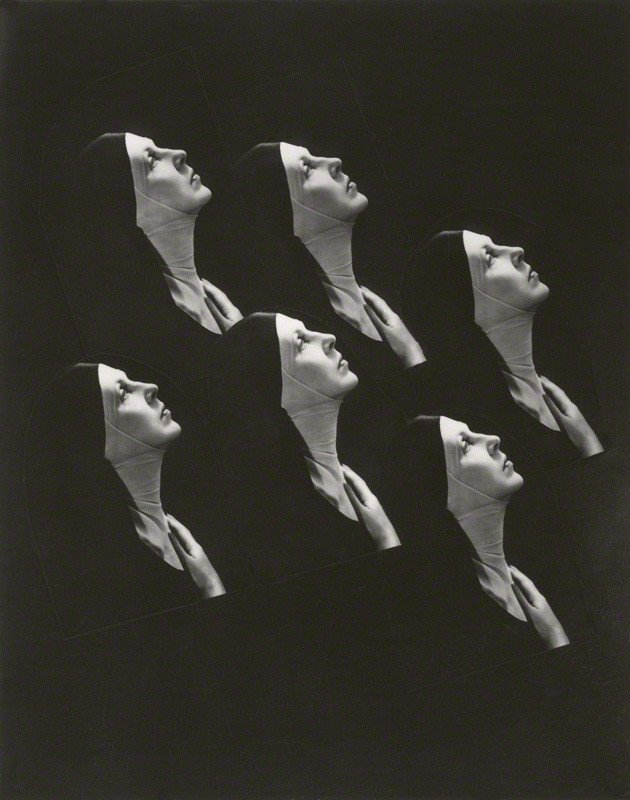
Beaton is known for his fashion photographs and society portraits. He worked as a staff photographer for Vanity Fair and Vogue in addition to photographing celebrities in Hollywood. In 1938, he inserted some tiny-but-still-legible anti-Semitic phrases (including the word ‘kike’) into American Vogue at the side of an illustration about New York society. The issue was recalled and reprinted, and Beaton was fired.
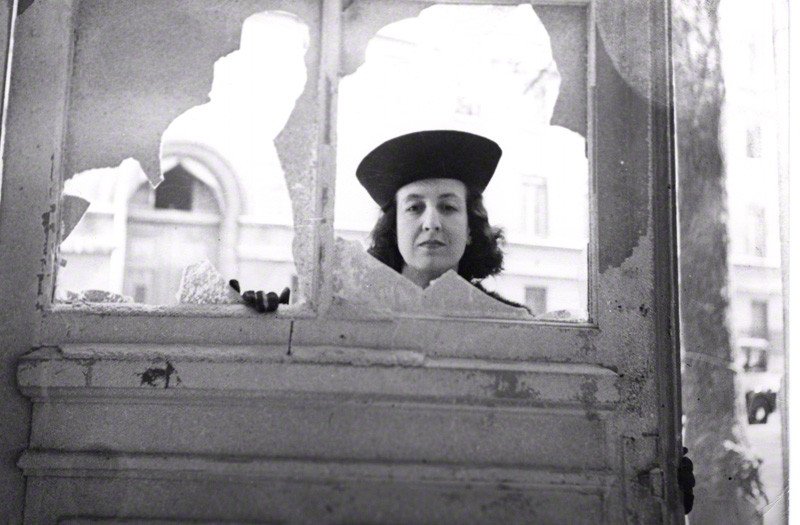
Beaton returned to England, where the Queen recommended him to the Ministry of Information. He became a leading war photographer, best known for his images of the damage done by the German blitz. His style sharpened and his range broadened, Beaton’s career was restored by the war.
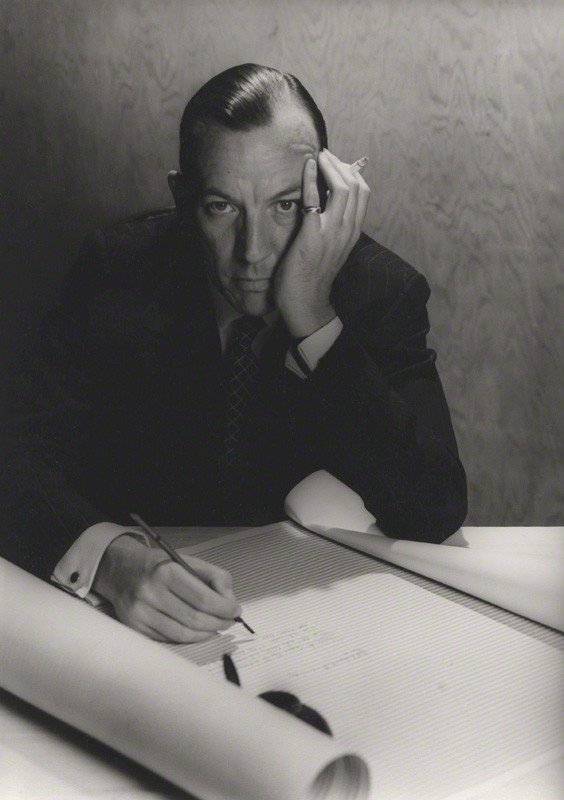
Beaton often photographed the Royal Family for official publication. Queen Elizabeth The Queen Mother was his favourite royal sitter, and he once pocketed her scented hankie as a keepsake from a highly successful shoot. Beaton took the famous wedding pictures of the Duke and Duchess of Windsor (wearing an haute couture ensemble by the noted American fashion designer Mainbocher).
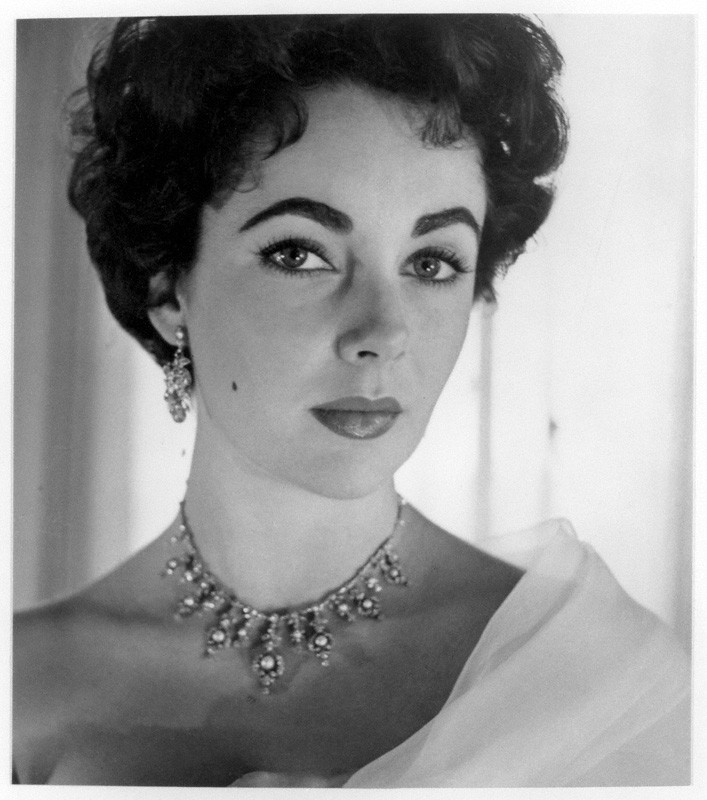
During the Second World War, Beaton was first posted to the Ministry of Information and given the task of recording images from the home front. During this assignment he captured one of the most enduring images of British suffering during the war, that of 3-year-old Blitz victim Eileen Dunne recovering in hospital, clutching her beloved teddy bear. When the image was published, America had not yet officially joined the war, but images such as Beaton’s helped push the Americans to put pressure on their government to help Britain in its hour of need.
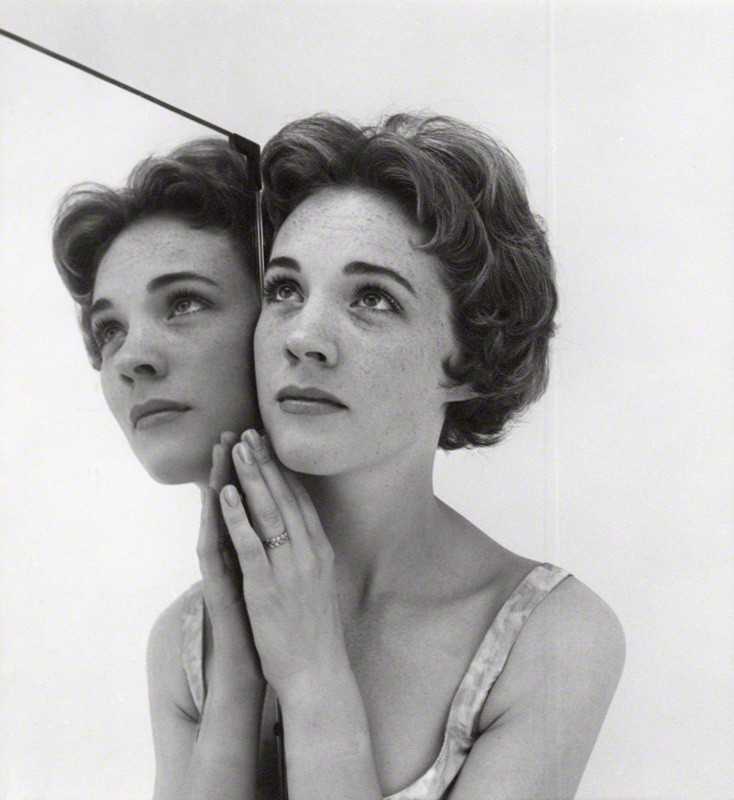
Beaton had a major influence on and relationship with Angus McBean and David Bailey. McBean was a well-known portrait photographer of his era. Later in his career, his work is influenced by Beaton. Bailey was influenced by Beaton when they met while working for British Vogue in the early 1960s. Bailey’s use of square format (6×6) images is similar to Beaton’s own working patterns.
